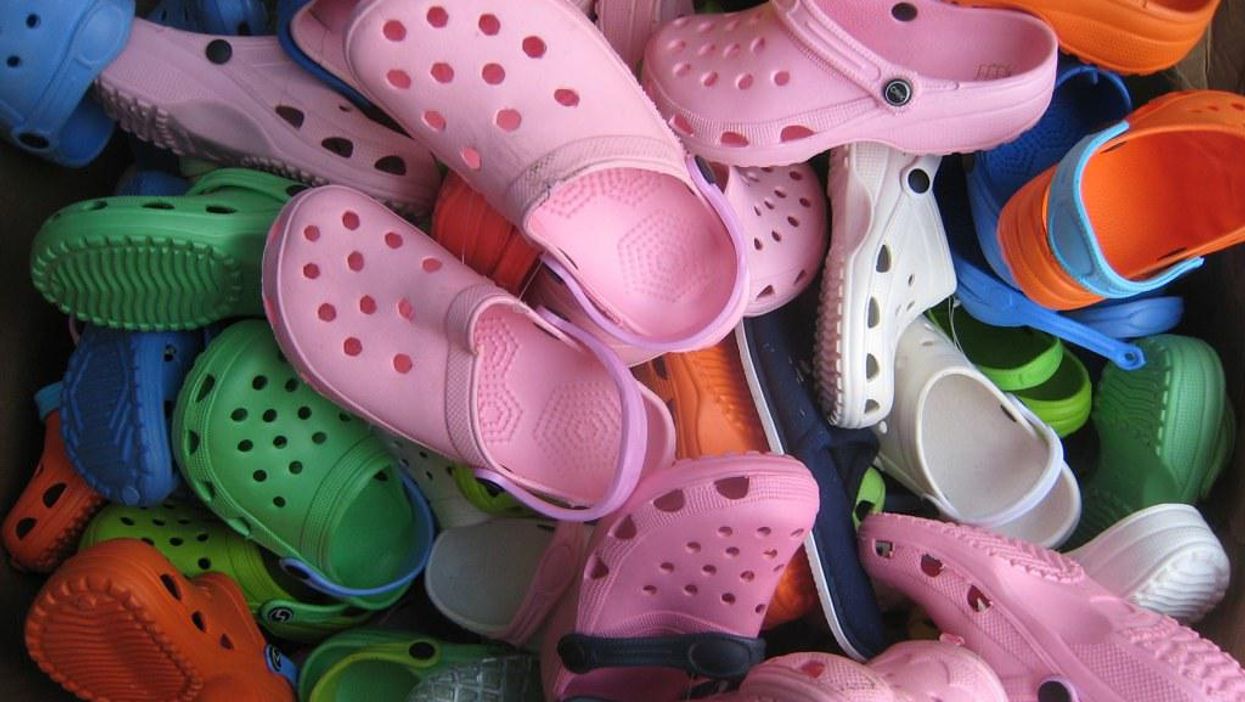Over the last decade, Crocs has become the quintessential consumer product success story. The company was founded in 2002 in Broomfield, Colorado, by Lyndon Hanson and George Boedecker to create a foam clog for boating. Since that time Crocs have become massively successful, selling 103 million pairs of shoes in 2021 with three straight years of double-digit growth. The inflection point came around 2007, when the company registered Crocs branding across 40 countries and extended their scope to customization and other apparel products. Most items in their footwear lineup are made up of their well-known Croslite resin, but the company recently also expanded to a second brand through a substantial strategic acquisition.
Twenty years is a lifetime in the retail space, but the acquisitions, marketing breakthroughs, and pivot toward digital during the 2007 -2009 timeframe are what set Crocs on the path to widespread cultural adoption. Let’s walk through these quickly, and then dig into what Crocs’ go forward strategy is as a mature brand, with a global DTC and wholesale footprint.
The 2006 IPO of Crocs was the largest footwear initial public offering ever at the time, raising approximately $200M at $21 a share. The dazzling growth was just beginning, with full year 2005 revenue of $108M growing eightfold vs $14M in 2004. President George W. Bush was commonly seen wearing the Crocs clog with socks, in addition to other photographed celebrity Crocs fans during that time including Kate Middleton and Michelle Obama. As the brand built a following of high-profile customers, the polarizing Crocs “lovers versus haters” battle played out in celebrity magazines and late-night comedy.
The timing was impeccable, as Crocs had just made a key $10M acquisition of Jibbitz in October 2006. Jibbitz manufactures accessories that snap into the holes in Crocs shoes and these products became a high margin add-on product that continues to sell in 2022. The Crocs ecommerce platform rolled out in 2009 to give customers on-demand access to the widening range of colors and customization options. These key moves drove success during the early years as a public company. The 2010s saw continued growth post Great Recession, but sales appeared to stagnant from 2015 to 2018.

Crocs revenue and year-end share price. (Via Crocs)
Fast forward to today, the massive break out in sales and transformation of public opinion on the product couldn’t be more obvious. The company offers the Classic Crocs Clog in 28 different base colors and offers nearly 400 different Jibbitz add ons. A subculture has gathered around the product, demonstrated by elaborate customization projects, TikTok skits, and widespread use among middle and high schoolers. Even 2022 Prom themed clogs are an option. Even at the 2019 point of mass success, there might not have been a shoe more attuned to the needs of the pandemic home dweller than the Crocs Clog. Which brings us to Q4 2021 performance.

Activity in Google Search Trends since 2014. (Courtesy image)
Revenues were $2.3 billion in FY2021, growing 67% over 2020 and 88% against 2019. The company has been able to take price while growing volume globally, expanding their already hefty gross margins by 730 basis points to 61.4% in FY2021. This margin expansion came from lower promotional activity and well-timed pricing action in 2021. The Q4 earnings call termed their 2021 price increases as “early” relative to competition, this allowed them to get ahead of inflation pressures. Additional 2022 price increases are included in their guidance of $3.4B revenue for 2022 ($2.75B from Crocs & $0.65B from HEYDUDE).

Q2 2021 Investor Day showed LTM Product Mix as 71% clogs, 16% sandals, 6% Jibbitz, 7% other (Courtesy image)
Management refers to their digital DTC channel as “a top priority” with impressive Digital sales growth of 48% in 2021, representing 37% of total 2021 sales. Digital as a share of total sales is slightly down from 42% in 2020 but remains elevated above 2019’s 31%. The company has above average digital share in the EMEA region, coming in at 54% in Q4 2021, with all other regions landing around 40% in the period. Their FY2021 AOV of $25.71, was up 19.7% over 2020 performance. Digital sales includes Crocs.com and third-party marketplaces including Amazon, Zappos, and Zalando.

Crocs' regional growth. (Image via Crocs, Inc. Q4 2021 Earnings)
Their digital marketing strategy is a three-pronged approach encompassing the Crocs App, a focus on global social media platforms and digital talent including influencers & fashion collaborations. The Crocs product lineup is clearly a great fit for social channels, as Crocs’ imagery and content is fine tuned to show many color arrangements and variations.
Growth initiatives include 4x expansion of sandals sales by 2026, focused pursuit of Asian markets and marketing innovations to fuel brand strength.To enable further growth, management made a key strategic acquisition in Q4 2021, buying casual footwear maker HEYDUDE in December 2021 for $2.5B. The HEYDUDE brand, founded in Italy in 2008 by Alessandro Rosano, derives 40% of its sales from online. Investors were not happy about the deal upon announcement, sending Crocs shares down by 12% and they may have been on to something as CROCS has forecasted HEYDUDE sales lower since the acquisition. HEYDUDE FY2022 was forecasted at $700M to $750M as of late December 2021 (+27% YoY) which was at time of acquisition but as of the March 2022 earnings announcement, HEYDUDE is expected to achieve sales of $620M to $670M in FY2022 (+13% YoY at midpoint of range) and an 11% cut from original guidance.
Management views the acquisition as a “perfect fit” for Crocs, adding that HEYDUDE’s offerings of comfortable and lightweight products are aligned to long-term consumer trends. CEO Andrew Rees plans to “leverage our global presence, best-in-class marketing, and scale infrastructure to build upon Hey Dude's strong foundation and create significant shareholder value.” Leverage has also been the clear strategy with the balance sheet as the deal was funded by $2.05B in new debt and $0.5B in stock. This comes on the heels of significant shareholder payouts over the last six quarters that saw $1.2B in share buybacks vs $0.8B in operating cash flow. Management is focused on reducing leverage over the next two years before restarting stock buybacks.
Crocs is unquestionably a mature brand with a global presence and scale. Their challenges around supply chain, balance sheet leverage and maintaining their position are “good problems” that most DTC founders would love to eventually encounter. These are the strategic decisions that come with creating arguably the most successful footwear item of this young century. Crocs should be mentioned alongside the Converse Chuck Taylors and NIKE Air Jordans, but with a much broader appeal and a price point that allows for true global penetration. They look set for continued success with their original brand and through applying all they’ve learned to their new acquisition.
Related Articles Around the Web
















